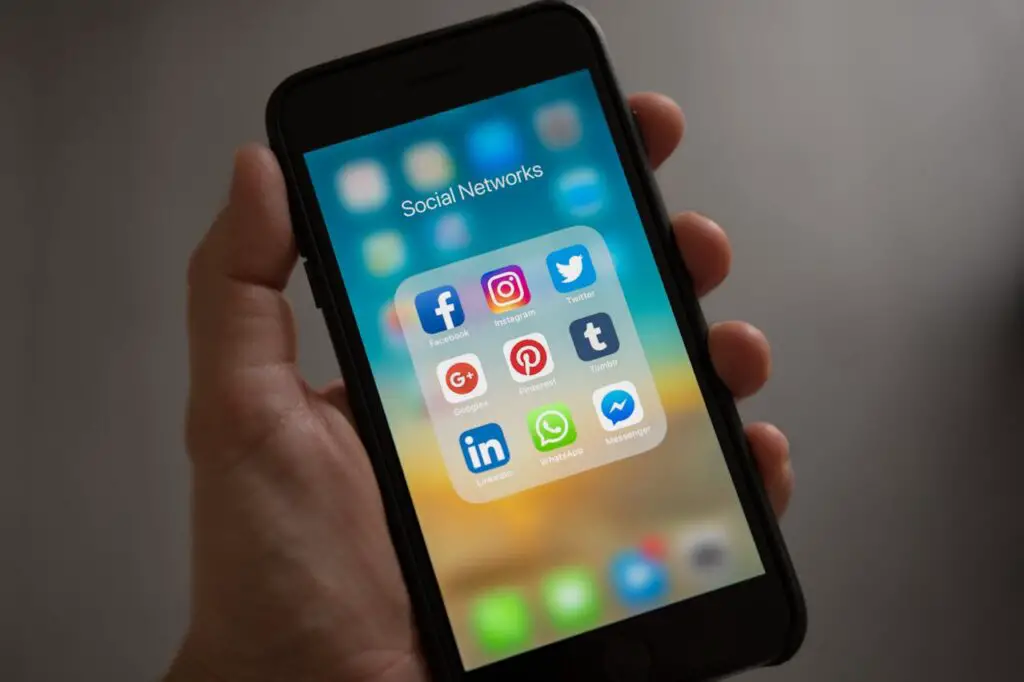Since social media’s widespread inception in the mid-2000s, it’s grown from simple digital messaging services to one of the most prominent ways a brand, organization, or individual can communicate, interact, or sell to its audience.
There are many ways that social media is utilized for marketing purposes, wider brand awareness goals, and to create more personal relationships with its audience. But the way social media is used must be intentional.
While ensuring that content delivered is high-quality, relevant, and engaging enough to retain the attention of its audience is one element of a sophisticated social media strategy, certifying that content is posted at the right time is equally critical for meeting brand engagement goals.
Social media is a bustling 24/7 global village where content will always, to some degree, be viewed or interacted with. However, that doesn’t mean social media users should neglect researching their audience’s activity levels. Once an understanding of when your social media audience is comprehended, you can intentionally post content at specific times to maximize your social media engagements.
To hit those peak times for posting, businesses have to understand their target audience’s demographics, preferences, and behaviors. Let’s take the example of an audience of working professionals: they tend to be more active on social media during lunch breaks of after work hours – reading the sports news on X, getting home decor inspo on Instagram, watching the latest skit on TikTok, making new connections on LinkedIn.
Another example would be students: they’re more active on weekends and evenings (and maybe during ‘working hours’). A business’s timings have to coincide with other people’s. These are subtle differences. They are margins. However, it’s these areas in which businesses can make the biggest impact. Why? Because other businesses aren’t doing it.
Businesses shouldn’t overlook what separates one social media platform from another. LinkedIn users and habits are not the same as X’s. While X’s promoted tweets have started to reflect LinkedIn’s somewhat, the engagement will not be equal. And that’s reflected in usage times, too: LinkedIn users tend to be 9-5, Mon-to-Fri. It’s a professional networking app – so that shouldn’t be a shock. Instagram, though, is a much more casual and personal platform, so users are active during evenings and weekends. Bearing this in mind, businesses can benefit.
Scheduled Posting
Anybody with just a vague understanding of social media marketing will be aware of the importance of timing when content is released. So, automation technology has been developed to help social media staff post at the most productive times.
Automation is liberating social media employees from being in the right place at the right time themselves. What programmatic advertising channels do, for instance, is execute the plans set by those overseeing campaigns. They look at audience data and put together the most effective strategy to target the right people with the right message, and then the programmatic advertising channels personalize those messages at the right moments.
What Happens When a Brand Consistently Times Their Social Media Posts Accurately?
- The brand will hit peak usage periods: Peak usage periods aren’t standardized. For example, if your target audience is predominantly students, they’ll have different peak usage periods than middle-aged professionals. When you understand the times of the week your audience is most active on social media, you’ll be able to time posts accordingly and receive maximum engagements.
- The brand’s content will be enhanced by algorithms: Social media algorithms prioritize recent and relevant content in users’ feeds. Posting at the right time can increase the likelihood of your content being seen by your followers and appearing in their feeds when they are most active.
- The brand will have a stronger global reach: If you have a global audience, it’s important to factor different time zones and trends into your social media posting. If you don’t consider your global consumers when timing your posts, you risk neglecting their needs and them missing your content.
- The brand’s content will be relevant: Social media’s fast-paced, relentlessly evolving nature means that trends and dynamics are always constantly changing and adapting to the latest consumer patterns. However, by researching your target audience, when they’re most active on social media, and the types of content that they most positively interact and engage with, you’re able to possess a vast understanding of how to tailor how, when, and why you post to the latest emerging trends.
The Success Stories
Why should anyone trust advice without evidence to support their claims and efforts? We have those.
Starbucks – that global coffee chain on every urban corner and highway service area – knows the exact moment to post. They’ve perfected it. Their service, naturally, follows certain biological and social trends: morning commutes, breakfast, lunch, and mid-afternoon pick-me-up. Their social media engagements generally follow that pattern, with a particular emphasis on those morning hours. It’s all about that breakfast and the first coffee of the day. Posting during those hours generates maximum engagement, improves brand visibility, and converts that to foot traffic.
Using social media analytics to identify and capitalize on peak engagement is what a focus should be very early on. Historical data will be there and is capable of quickly becoming actionable insights.
These posts needn’t just be conversation starters. Prompt and helpful responses to customers are great for customer satisfaction and brand reputation – which all increase engagement. Be responsive. Be available. Creating a data-driven strategy consolidates the effort.










0 Comments